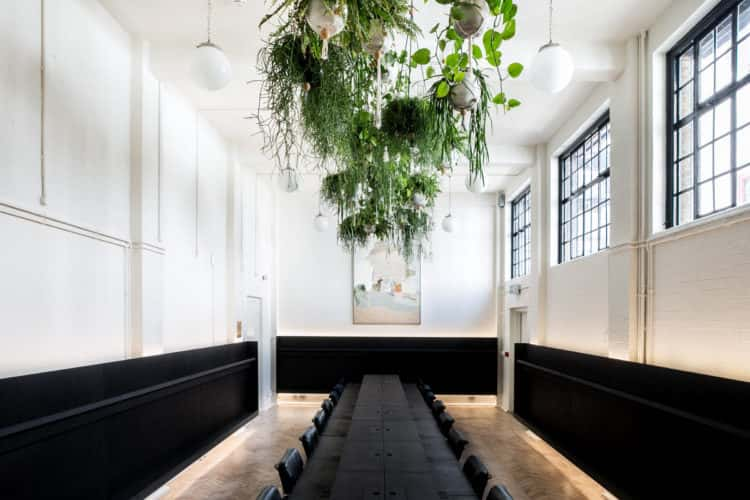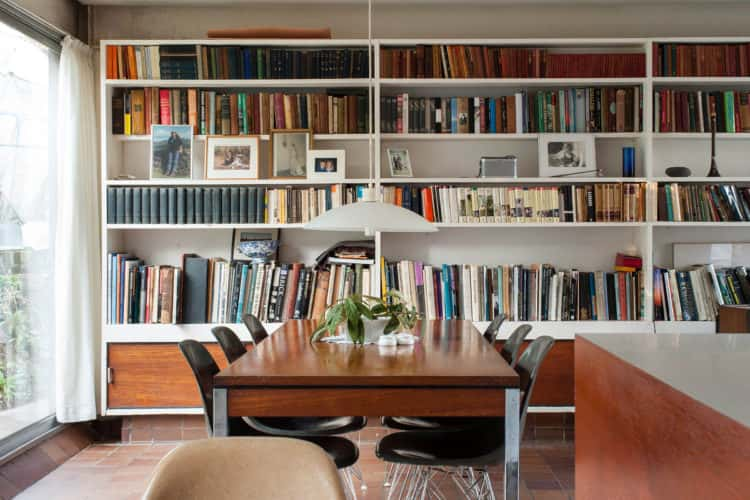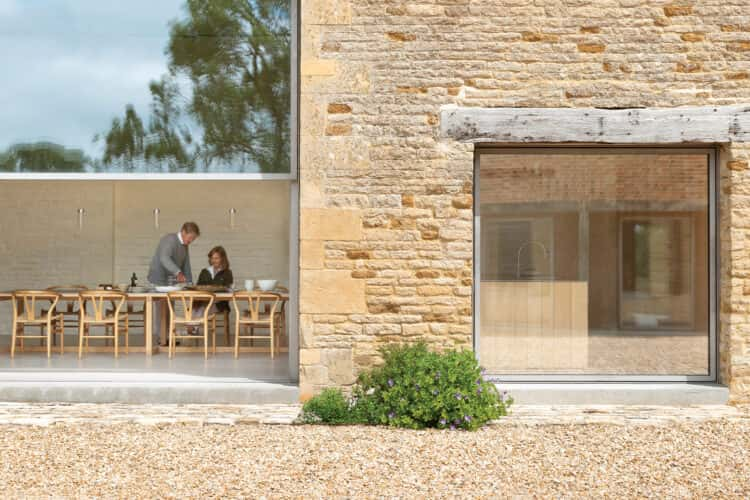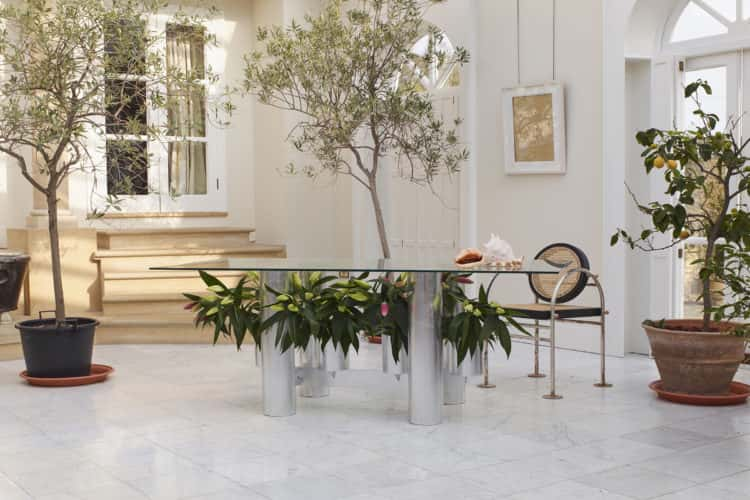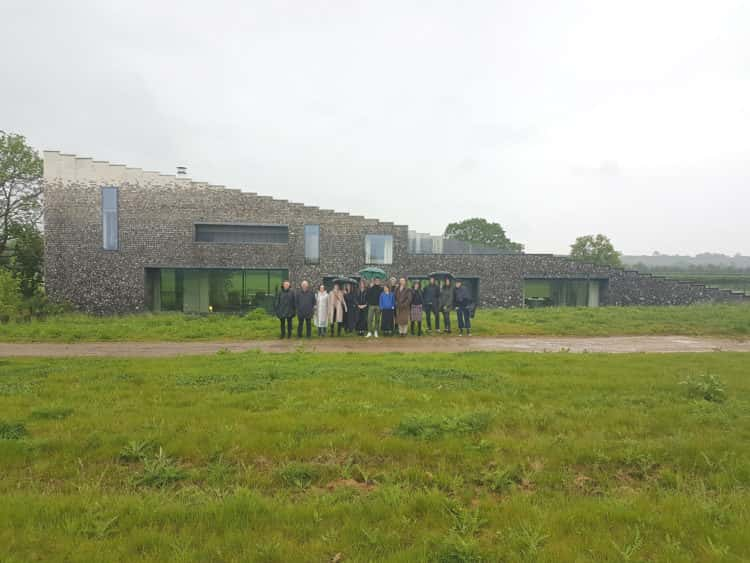Architect Christophe Egret on what it means to build well-designed new homes
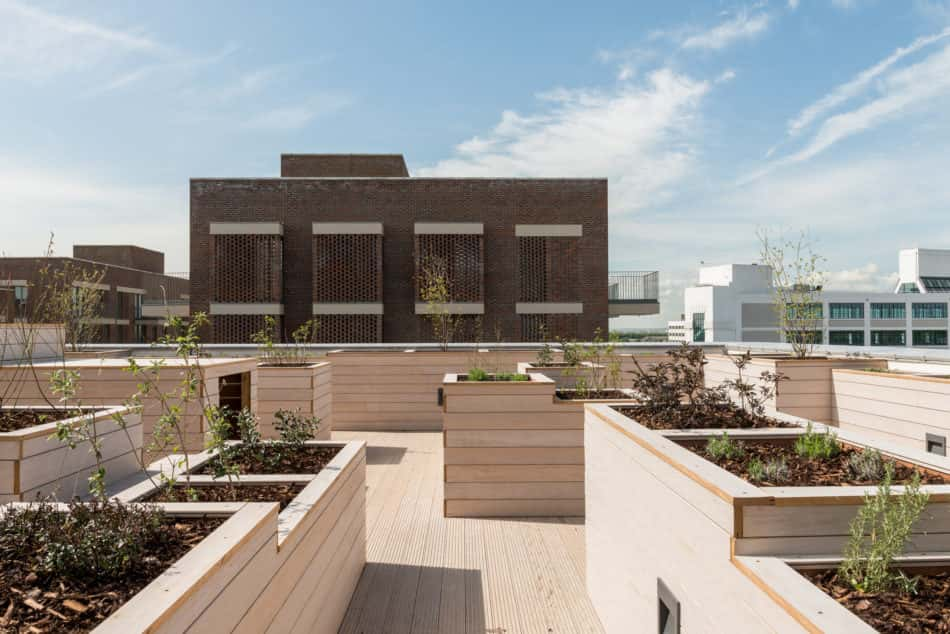
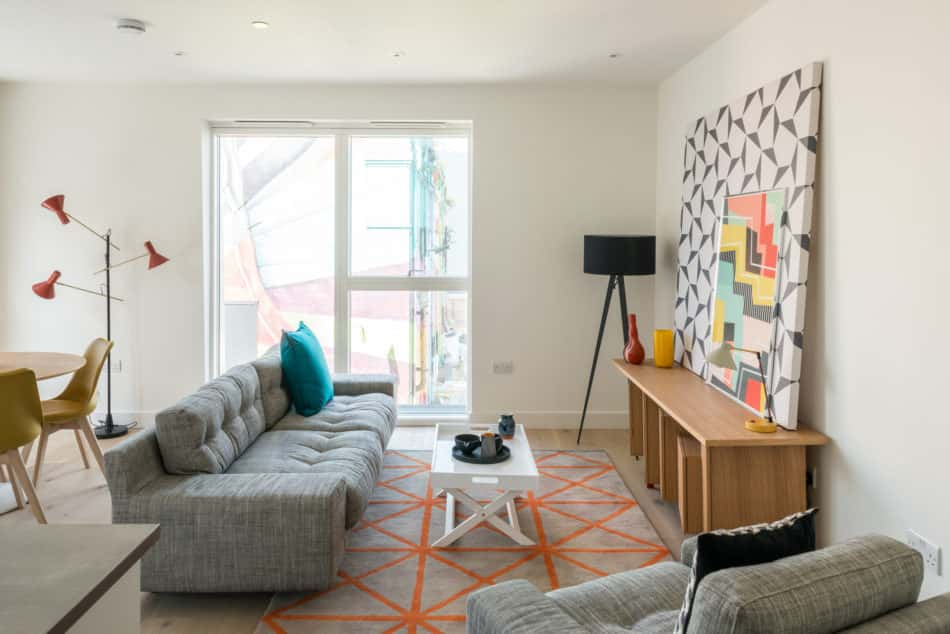
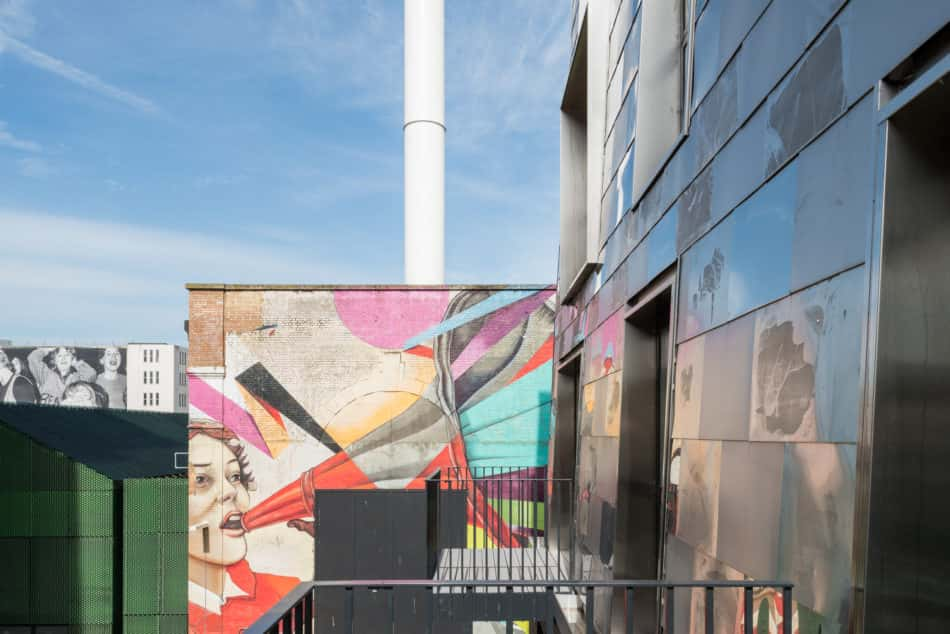
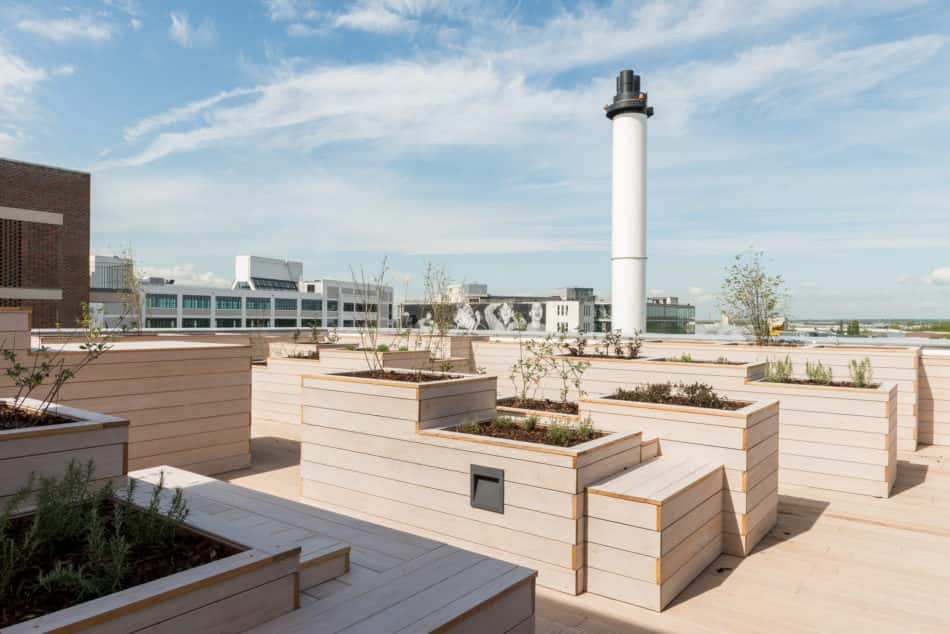
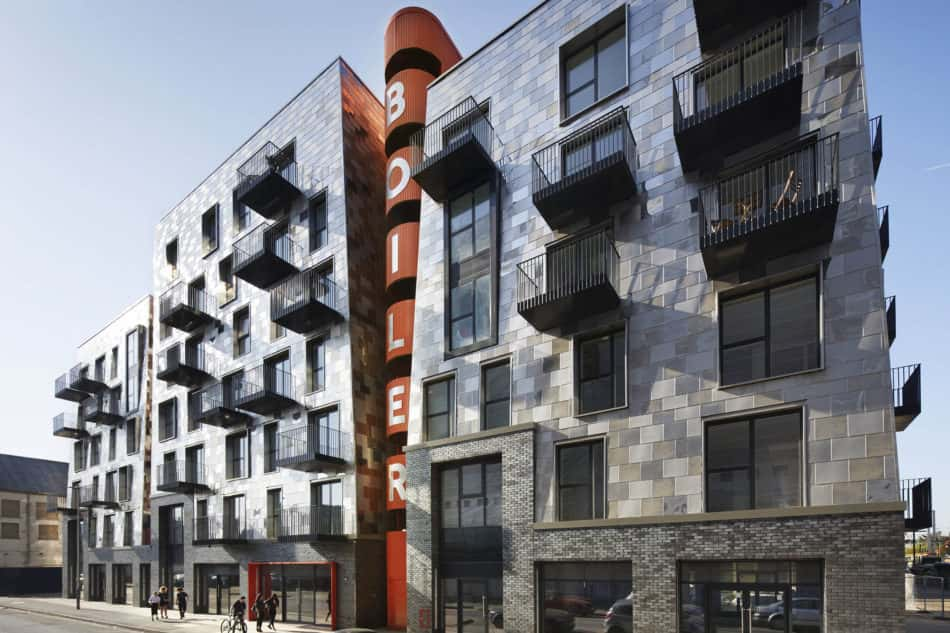
Here at The Modern House, we’re firmly committed to the idea that architectural pastiche is passé. The Modernists of the 20th century were not imitators. Their success resided in utilising new technology and materials in the building of well-designed new homes, which catered to the ways in which people lived had changed.
That’s why we’re always excited to represent new homes that continue this pioneering spirit, and The Boiler House in Hayes is one such project. We wanted to hear more about what it means to design and build considered, well-thought-through homes in the 21st century, so we sat down with architect Christophe Egret of Studio Egret West for his take.
Christophe, can you give us a bit of context to The Boiler House?
Christophe Egret: “Well, The Boiler House apartments sit on the site of EMI’s former headquarters and factory, known collectively as the Old Vinyl Factory.
“When EMI was in full flow on the site in the 1960s, you had people recording music, casting records, making cabinets for stereos and researching the future of recording. It was like its own little village, with its own train station, powerhouse and boiler house, which provided the heat for things like the melting of the vinyl.
“Studio Egret West was involved in the overall framework plan for the redevelopment of the site, which was originally destined to become another business park.
“We immediately came up with an alternative, which made the case for not filling the site with cars and offices. We wanted to release more of the ground level for open spaces and shops, and then to build residential spaces above.
“We wanted to create an environment that felt more like an extension of Hayes High Street, and not a separate entity. So, there will be shops and restaurants opening along what we call ‘The Groove’, which is a nod to the former use of the site.”
So the site’s history informed your design?
“Absolutely. Our urban design process always starts with us asking ‘How can we retain some of the original qualities of the site?’
“For this project, I remember looking at the original plans and thinking about how all the buildings had very specific names like ‘The Boiler House’, ‘The Power House’ etc. They weren’t generic spaces. In 100 years, people will have to ask why the building is called ‘The Boiler House’, which begs the question of the history of the site.
“On an aesthetic level, we looked at the original boilers, which were slightly narrower at their top than the bottom. That silhouette became the inspiration for the design of the building. The idea was to break down the scale to make sure it wasn’t one big slab, and to be a little bit reminiscent of the original structures.”
What were the design challenges and how did you overcome them?
Christophe: “London, unlike other European cities, has really held onto its fascination with two-storey houses with gardens. But, the pressures of density in London are such that more and more people are living in flats.
“The site of The Boiler House is in the suburbs, so if you are proposing flats, rather than house living, it becomes essential to instil a sense of cohesion within the community.
“Therefore, we incorporated roof gardens into the design. They’re spaces that neighbours can meet each other, in the same way you might talk to your neighbour over your garden fence on a suburban street.
“We made sure that all the public spaces – the lobby, roof garden, staircases – all feel like places people might want to engage in conversation.
“What’s amazing is that these apartments are on Crossrail, which means people commuting from Hayes will get to central London in under half an hour, the same as if they lived in somewhere like Dulwich. So we’re seeing the historical divisions between the inner city and suburbs starting to become less easily defined.”
Why is good design important when building new homes?
Christophe: “We have found that working with an architect adds value. If it’s only a question of cost, I think that the value an architect adds in terms of providing a cohesive vision for the residential spaces and outdoor areas, plus the look and feel of the building, is such that the value and potential return are raised.
“It’s a two-fold process: developers have to become more comfortable working with architects, and potential buyers have to be more discerning about making a distinction between good and average design.
“I think that distinction is slowly becoming apparent, and The Modern House is at the forefront of identifying a market that really does appreciate design.
“Your success is to have found people who, first and foremost, before location, want quality design when they are looking for a home.”
If you’re interested in acquiring a well-designed new home, view The Boiler House sales listing here.
RELATED ON THE MODERN HOUSE
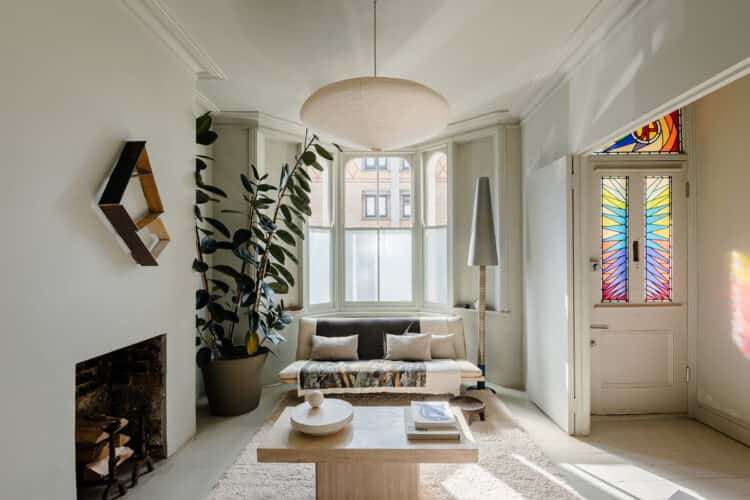
A Modern Way to Live: our co-founder Matt Gibberd on light
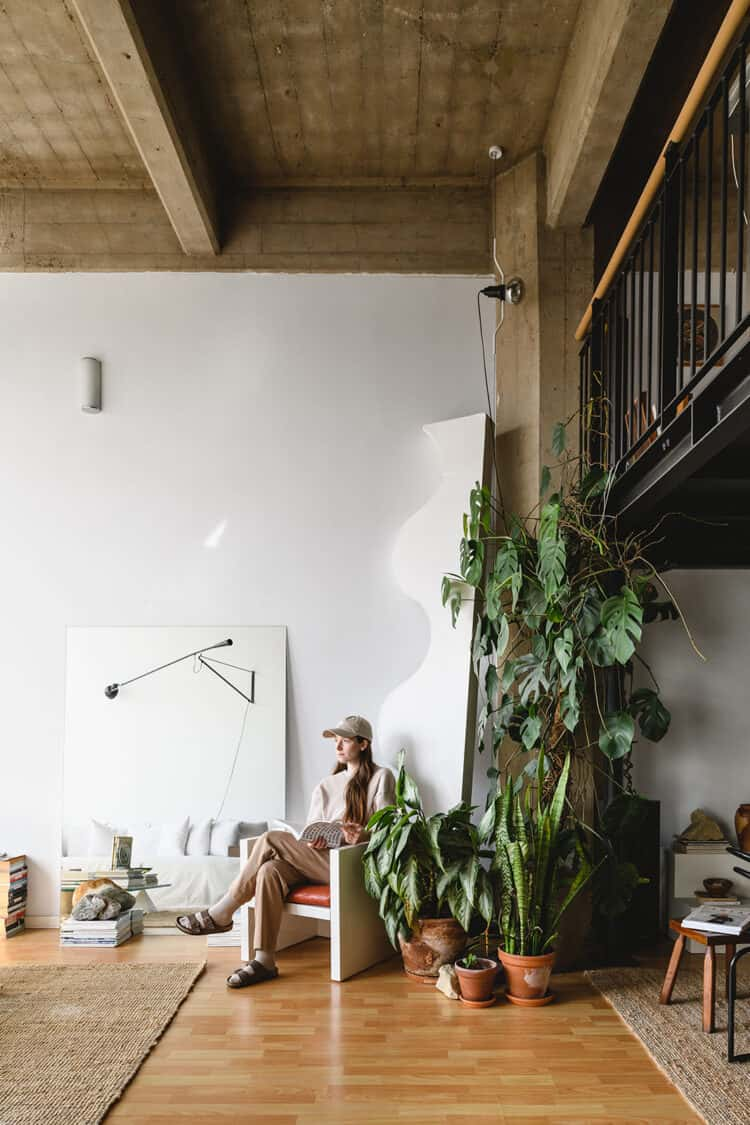
House Style with Charlotte Taylor
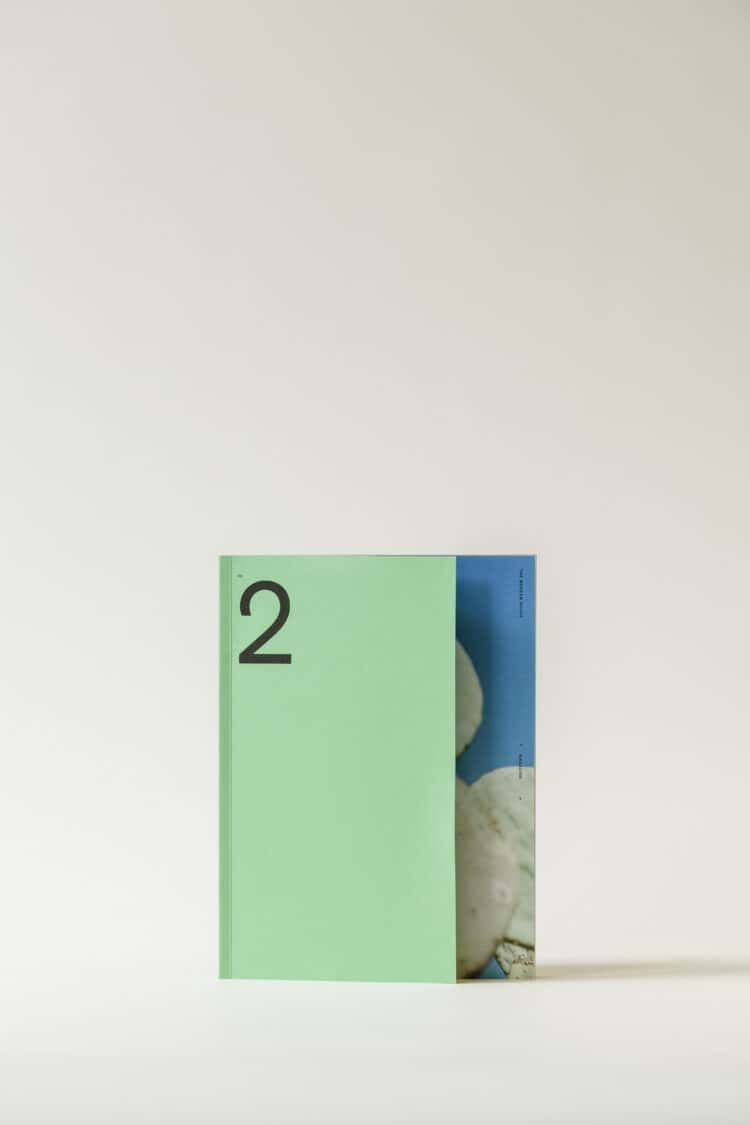
Issue No.2 of The Modern House Magazine is here
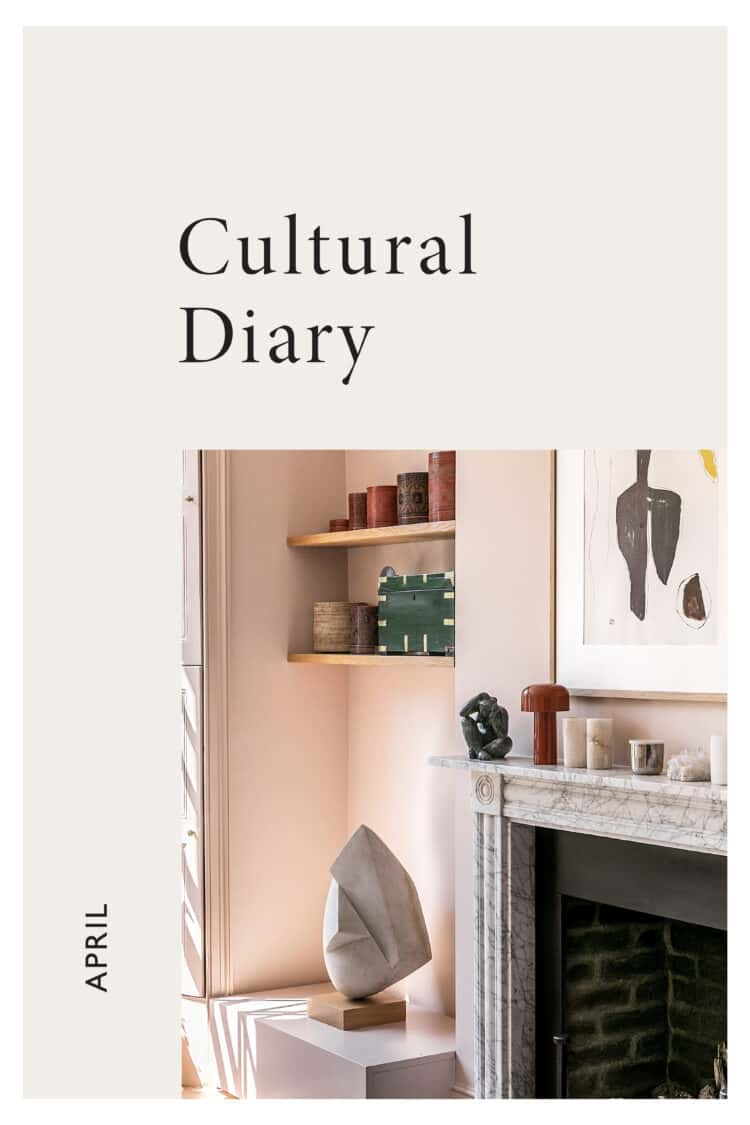
Galleries and outdoor cultural spaces reopening this April
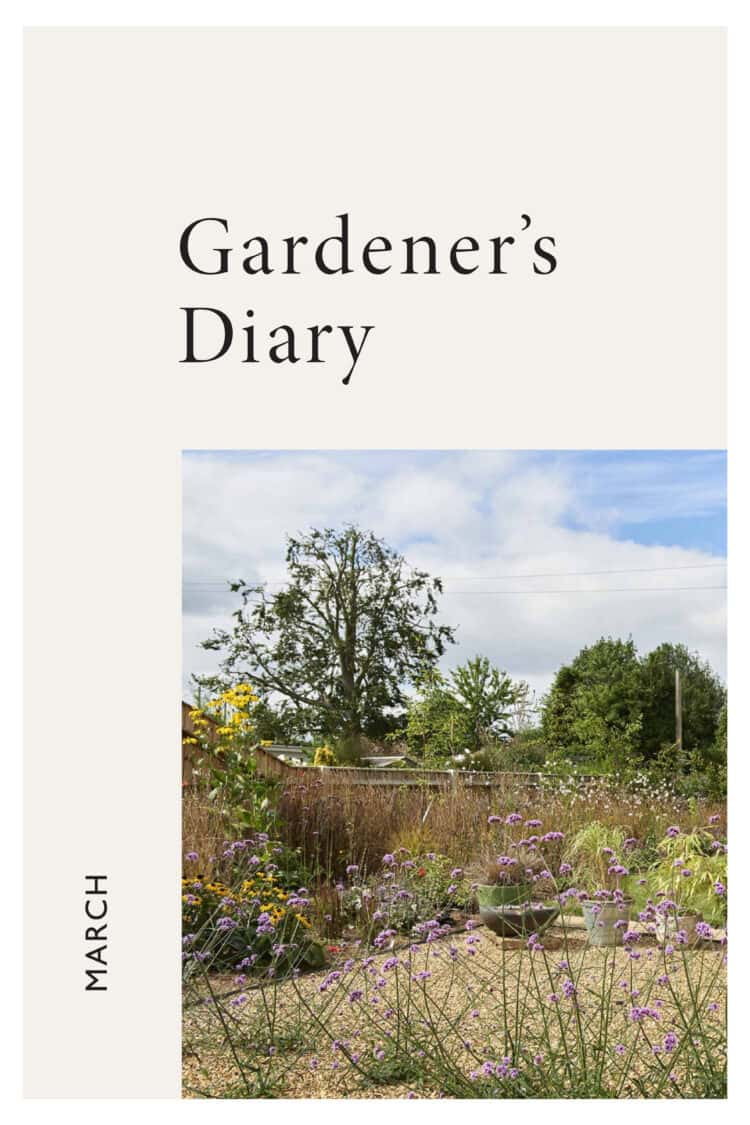
Gardener’s Diary: what seeds to sow in spring
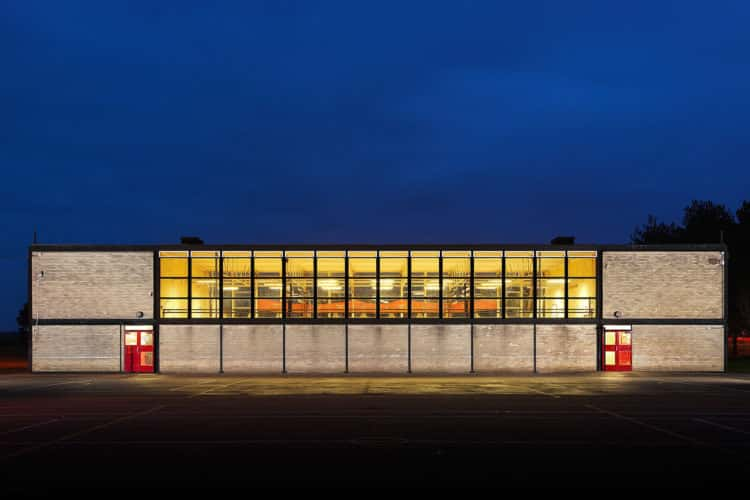
New C20 Society book and lecture celebrate Alison and Peter Smithson
